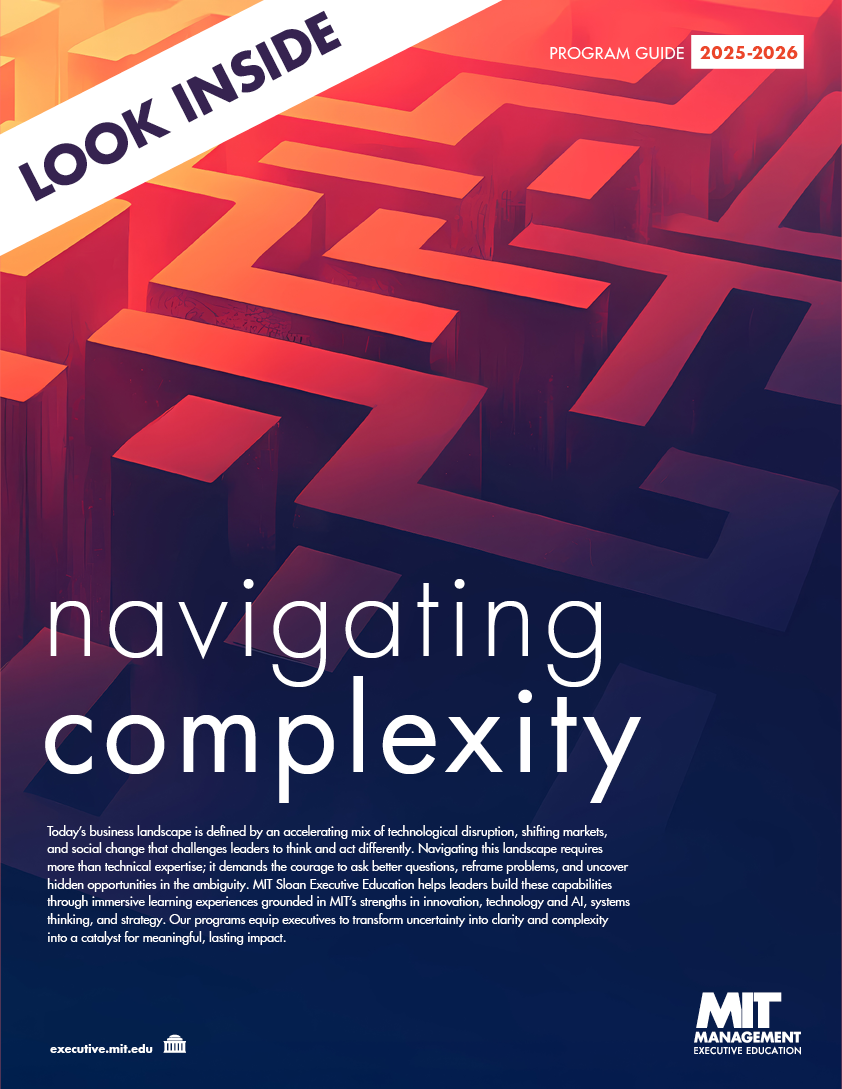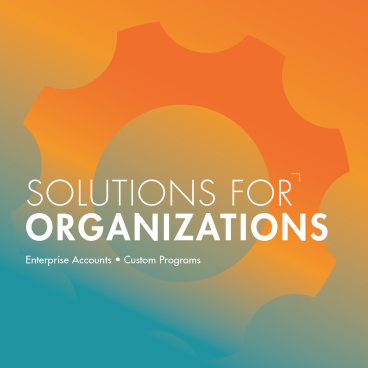A decade ago, many executives treated square footage the way they treated copier leases: as an overhead line to be minimized. Today, that mindset is fading. “Real estate isn’t just something you have to pay for; it can drive innovation, equity, and growth,” pointed out Christopher Palmer, Associate Professor in finance at MIT Sloan School of Management.
Early waves of IoT and digital-twin technology overpromised and underdelivered. Standardized data streams were scarce, and costs were high. That inflection point has passed. As James Scott, a research scientist at MIT’s Real Estate Technology Hub, noted, sensors, AI, and 3-D building replicas have “crossed the price-performance Rubicon,” enabling real-time adaptation of workplaces to how people actually use them.
Consider Microsoft’s Redmond, WA, campus, which pairs IoT occupancy feeds with AI models to identify underused lounges and chronically congested kitchens. Facilities teams can now repurpose space and trim HVAC loads within the same quarter. JLL’s proprietary engine applies similar logic across global client portfolios, turning raw sensor data into layout and energy efficiency recommendations. And when Wi-Fi or badge data show a room’s “foot-traffic MVP” status, leaders can move beyond gut feel to evidence-based redesign.
Digital twins amplify that power. Rather than tearing down drywall in search of the perfect floor plan, owners simulate HVAC upgrades, layout changes, or code-compliance scenarios inside a virtual replica, forecasting costs and carbon impacts before committing capital.
Aligning physical, digital, and human needs
Technology alone does not create value. Culture and space must evolve with it. Kate Isaacs, an organizational-design scholar, frames strategy as three overlapping “bubbles”—human, digital, and physical— that must be considered together from day one. Leaders who center on only one bubble risk siloed decisions; those who orchestrate all three unlock outsized returns.
Isaacs urges managers to begin every initiative by mapping the human experience: autonomy, purpose, mastery, and belonging. These four needs drive engagement and retention, yet many workplaces still prioritize square-foot efficiency over human flourishing. When employees feel purpose and pride—think “Googler” or “Sloanie”—they become brand ambassadors, not just occupants.
Leading practices: beyond the buzz
- Make space a profit lever, not a cost sink. Firms in highly competitive sectors like trading floors, biotech labs, and advanced manufacturing treat layout as a performance variable. They evaluate how adjacency, noise, or sightlines influence deal velocity or R&D cycle time.
- Deploy AI where decisions are frequent and have high value. Property-management platforms already let a single manager oversee 100 doors. R&D teams expect that ratio to reach 750 in three years, doubling productivity even if the stretch goal is missed.
- Use IoT to unearth root causes, not just find hot spots. If a glass-walled manager’s office suppresses break-room use, the sensor data reveal the symptom, but qualitative insight explains why. Combining both prevents expensive misdiagnoses.
- Run “space A/B tests” with digital twins. Real estate can rarely afford R&D labs, so simulation fills that gap, letting companies iterate layout, energy systems, and amenity mixes before the first contractor appears on site.
- Adopt the scientific method for workplace change. Start with a hypothesis, e.g., “five-day RTO will boost innovation,” then collect data to confirm or refute it, rather than relying on instinct or tradition.
See more: Watch the “MIT Experts on Real Estate Innovation in the Digital Age” webinar where MIT faculty Kate Isaacs, Christopher Palmer, and James Scott explore how digital transformation, sustainability, and AI are reshaping the real estate landscape.
Building an integrated framework in four interlocking layers
Try thinking in systems, not silos. Reviewing these four layers together at every portfolio milestone prevents “empty-cubicle” sunk costs and elevates real estate from overhead to strategic advantage.
- Start with the human layer: ask whether each environment nurtures autonomy, purpose, mastery, and belonging.
- Move outward to the digital layer, checking that AI and IoT deployments translate the lived experience of occupants into clear, actionable signals rather than vanity metrics.
- Next comes the physical layer, where you judge whether floor plates, or mechanical, electrical, and plumbing (MEP) infrastructures, and furnishings can flex as work patterns evolve—because a space that cannot be reconfigured quickly becomes a constraint on culture and technology alike.
- Finally, tie every decision back to the business layer by tracing how improvements in engagement, energy use, or spatial agility appear in the P&L, the balance sheet, or the ESG dashboard.
Ready to rethink space?
Real estate has moved from a fixed cost to a dynamic lever for innovation. AI, IoT, and digital twins provide the data; holistic, human-centric frameworks turn that data into a competitive advantage. These ideas anchor the Shaping the Future of Real Estate: Human, Digital, and Physical Innovation Strategy program running September 28 – October 3.








